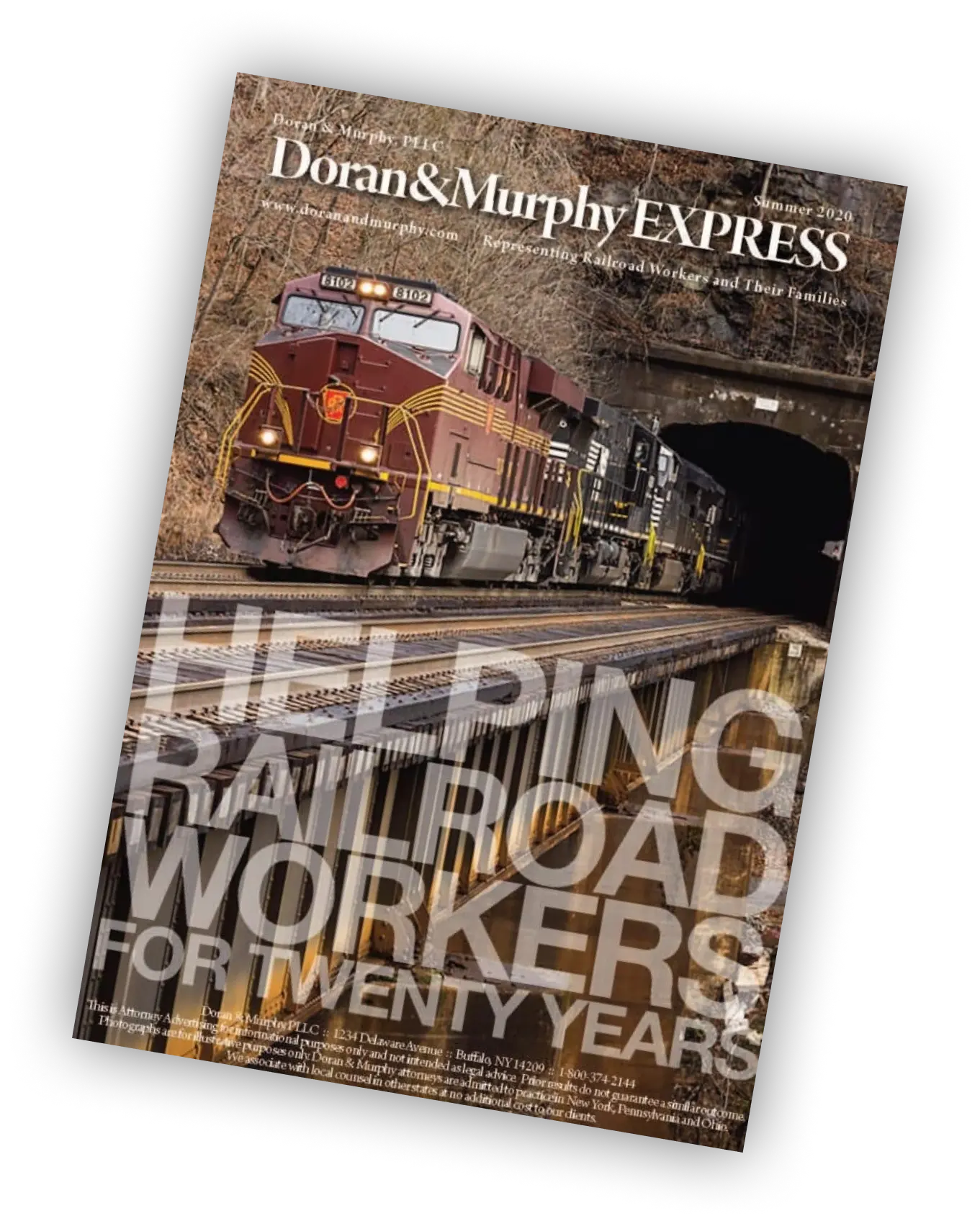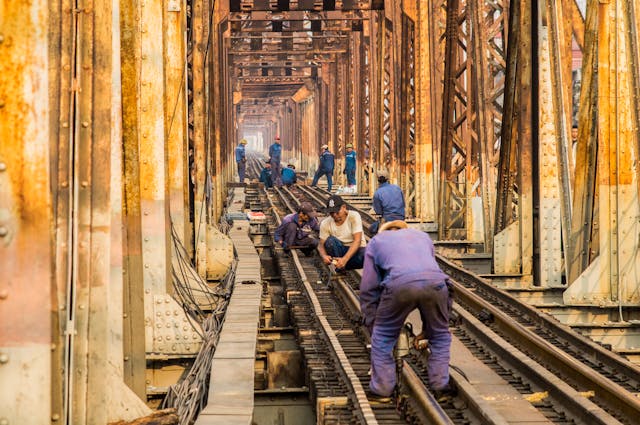
Railroad Worker Union Pushes for OSHA Rules Specific to Railroad Heat-Related Injuries, While Railroads Push to be Excluded from the Rules Altogether
The Occupational Safety and Health Administration recently proposed rules to protect workers from excessive heat exposure and the related illnesses including heat exhaustion and heat stroke, as well as physical injuries caused by individuals who are impaired by heat exposure such as falling.
OSHA has proposed the rules, recognizing that heat exposure has been a known occupational hazard in the United States since the construction of the Hoover Dam in the 1930s. Heat was also the deadliest weather phenomenon in the United States.
Determining whether railroad workers are covered by OSHA regulations can be complex and fact-dependent, given the interaction between OSHA and a separate federal agency, the Federal Railroad Administration. OSHA’s proposed heat-hazard rules specifically references railroad workers, noting:
The FRA has promulgated regulations requiring the use of environmental controls to address heat hazards in three specific, limited contexts: non-steam-powered locomotives purchased or remanufactured after June 8, 2012 (49 CFR 229.119(g)), camp cars (49 CFR 228.313(c)), and certain on-track roadway maintenance machines (49 CFR 214.505(a)). OSHA’s standard would apply to the working conditions of railroad employees in all other contexts, including within trains and machinery not covered by these regulations and during all outdoor work.
Federal Register, Vol 89, No. 169 (see fn 87).
This has prompted a disagreement among the trade group that represents railroads throughout the United States, and railroad labor unions. The railroad companies, through their trade groups the Association of American Railroads, the American Short Line and Regional Railroad Association and the American Public Transportation Association, submitted a joint comment requesting that the proposed rules be altered to completely eliminate application to railroad workers. The trade groups claim that railroads already conduct job briefings where they discuss hazards which include weather-related health hazards. They also point to a FRA safety advisory, which “encouraged railroads to review” their policies and procedures to adjust to climate change. Most notably, the trade group also laments the impact on productivity (and therefore profitability).
A railroad union group also submitted a comment, requesting that the rules include provisions specific to railroad workers and their unique situations that may require additional or different protections. The union also pointed to the “well-documented history of inadequate responses by railroads to heat-related injuries” as noted in a ProPublica article that explored the culture of minimizing railroad worker injuries.
The comment period for this proposed rule is currently closed. If OSHA decides to move forward with issuing final rules, or if it decides to amend the rules to accommodate either comment, remains to be seen.
If you are a railroad worker who has been injured on the job, please do not hesitate to contact us to discuss your legal rights.





